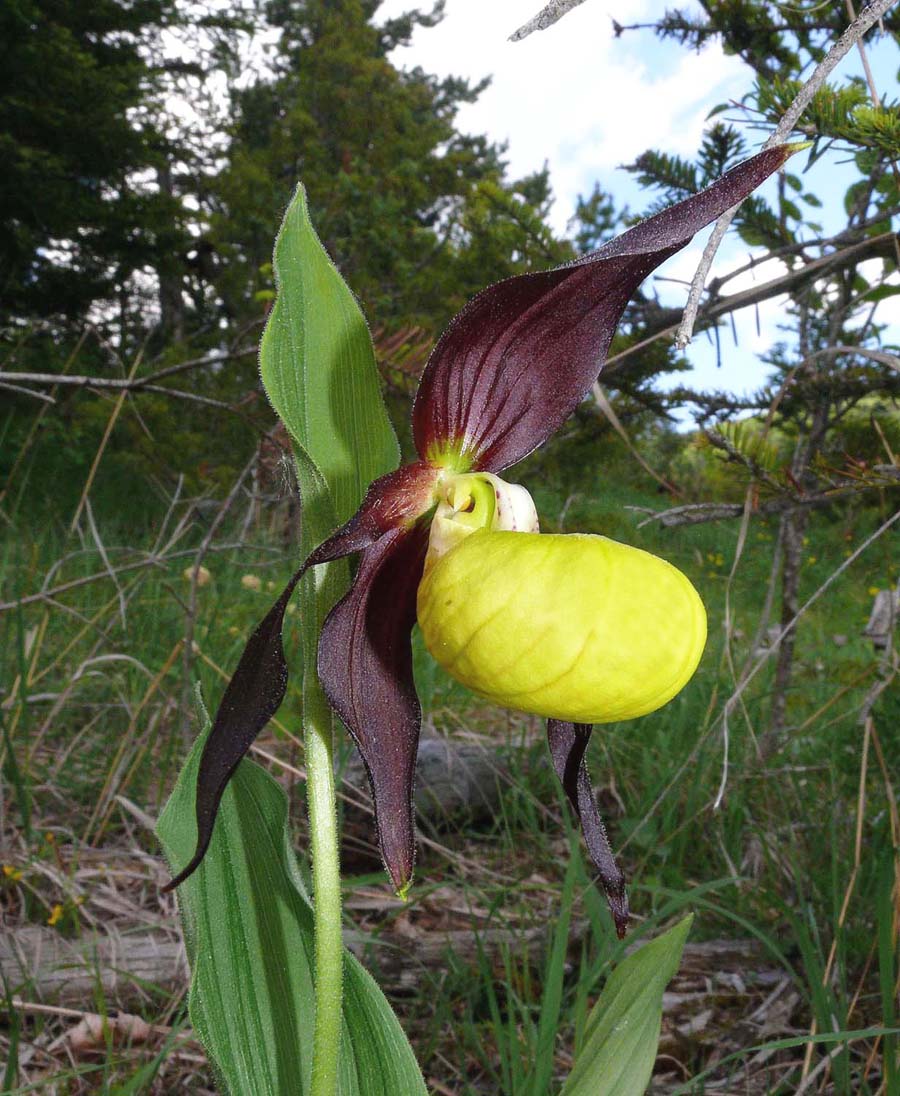
Cypripedium calceolus
Corallorhiza trifida
Dactylorhiza coccinea
Dactylorhiza ericetorum
Dactylorhiza fuchsii
Dactylorhiza incarnata
Dactlorhiza praetermissa
Dactylorhiza purpurella
Dactylorhiza traunsteineroides
Dactylorhiza viridis
Epipactis atrorubens
Epipactis dunensis
Epipactis palustris
Epipactis phyllanthes
Epipactis sancta
Gymnadenia borealis
Gymnadenia densiflora
Hammarbaya paludosa
Neotinea ustulata
Psuedorchis albida
Corallorhiza trifida
Dactylorhiza coccinea
Dactylorhiza ericetorum
Dactylorhiza fuchsii
Dactylorhiza incarnata
Dactlorhiza praetermissa
Dactylorhiza purpurella
Dactylorhiza traunsteineroides
Dactylorhiza viridis
Epipactis atrorubens
Epipactis dunensis
Epipactis palustris
Epipactis phyllanthes
Epipactis sancta
Gymnadenia borealis
Gymnadenia densiflora
Hammarbaya paludosa
Neotinea ustulata
Psuedorchis albida
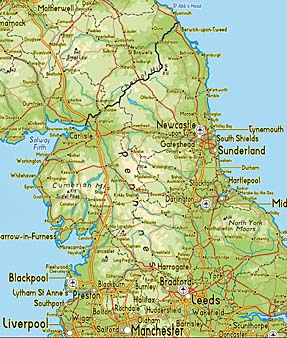
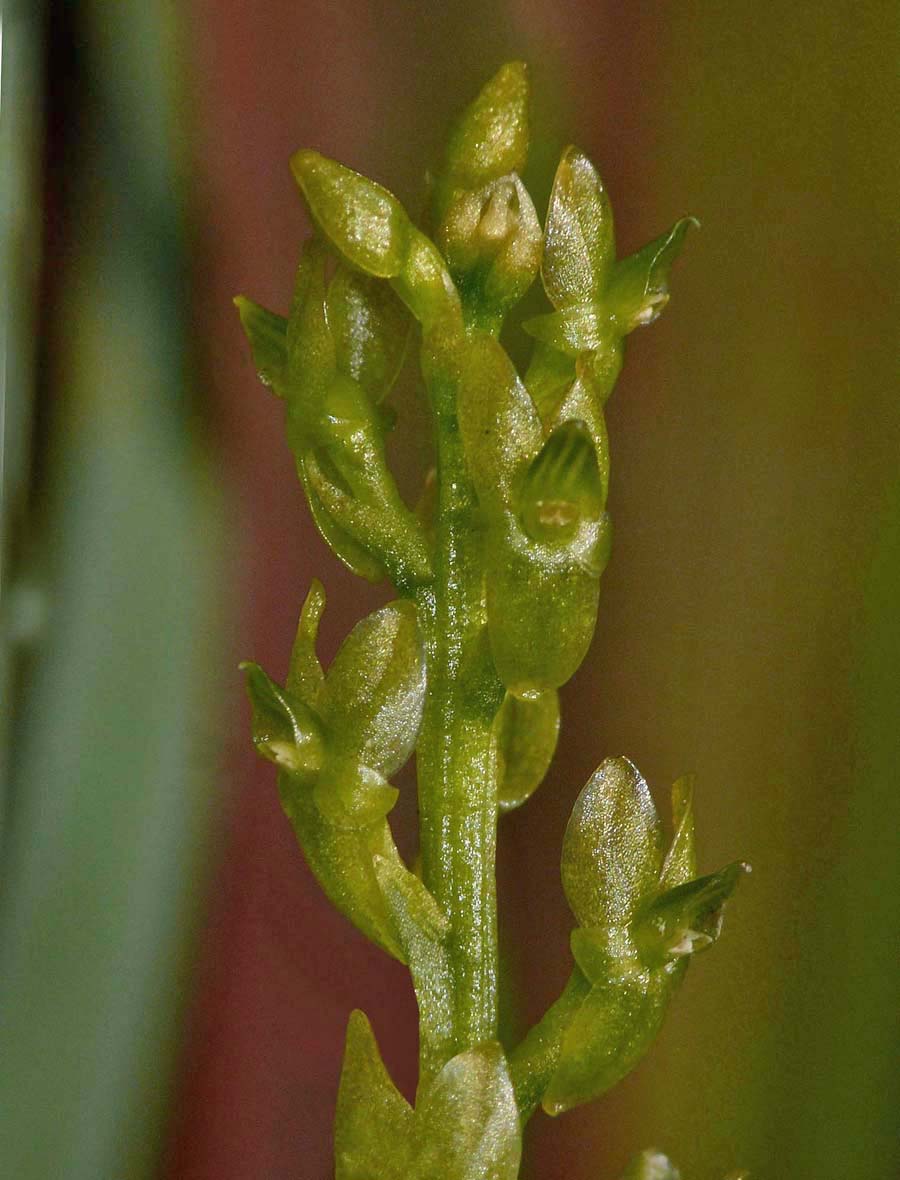
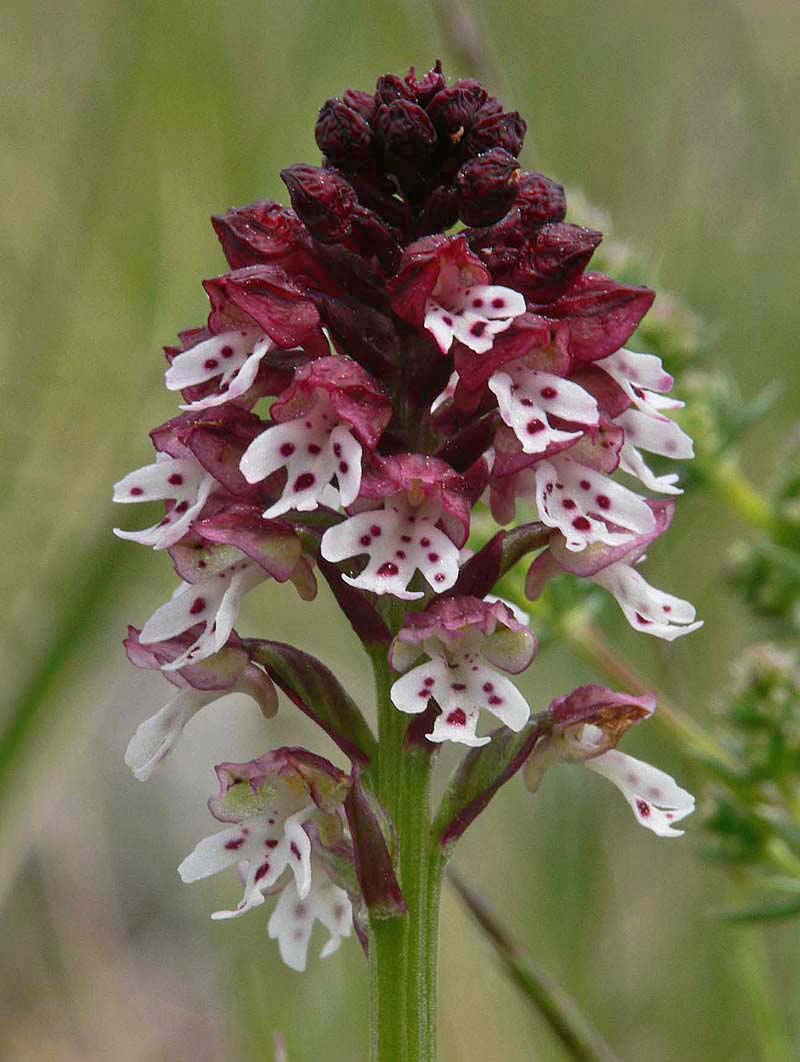
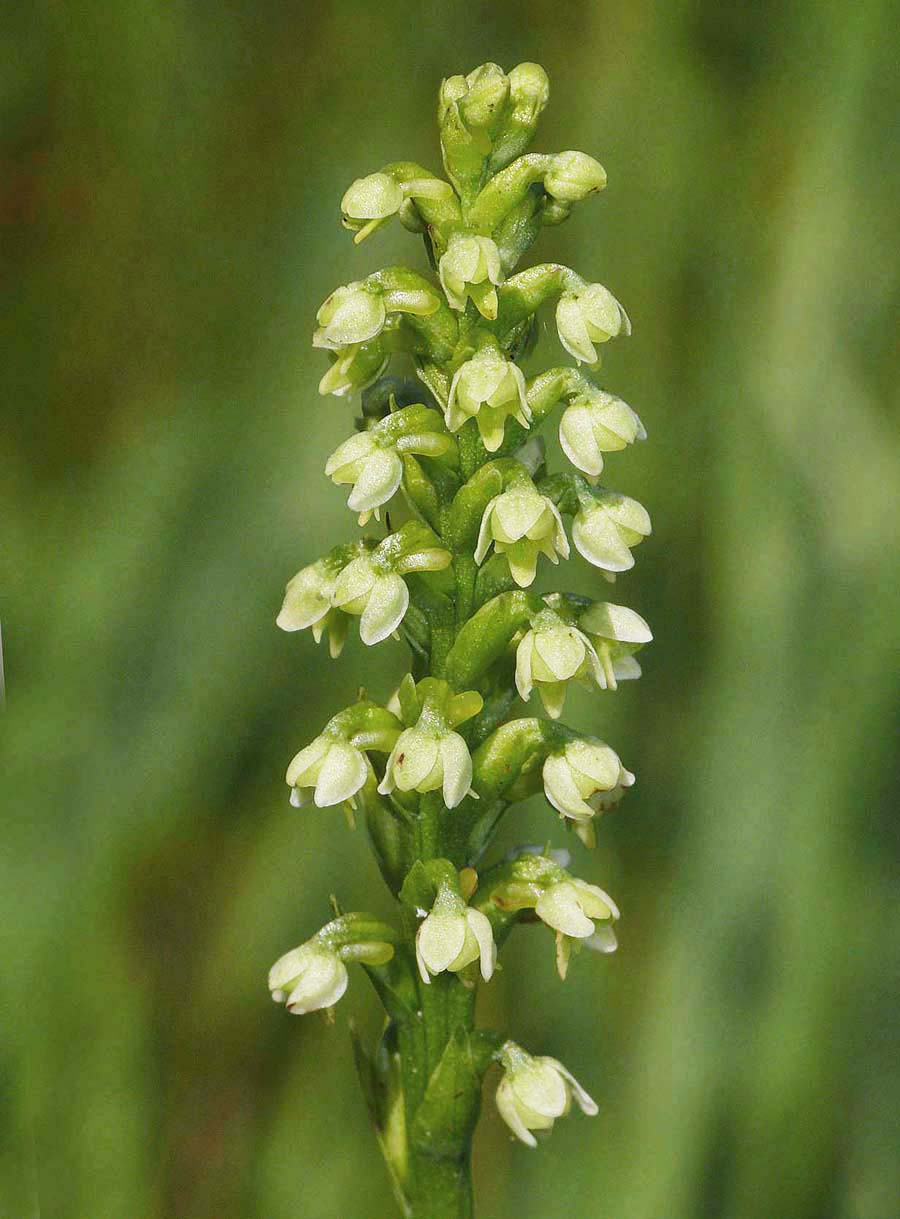
Areas of interest
For the purposes of this guide, Northern England is considered to be the area north of a line between Liverpool and Lincoln, up to the Scottish border. It is a region dominated by mountains which run north to south with similar high ground in the Lake District and North Yorkshire. The west coast is predominantly low lying with many broad sandy estuaries and some significant sand dune systems whilst the east is similar but generally more rugged in the north.
The sand dune system at Sandscale Haws in the Lake District near Barrow-in-Furness is a National Nature Reserve and home to several orchid taxons, particularly Dactyorhiza species but is best known for its colony of Corallorhiza trifida. Moving down the west coast from Cumbria into Lancashire at Southport there are some important and extensive sand dunes which again contain several Dachtyorhiza species but which also boast sizable populations of both Epipactis dunensis and Epipactis phyllanthes (pictured below). These two orchids are relatively common here but prefer the semi shade of the pines rather than the open dune. From an orchid perspective the east coast of Northern England is of limited interest but an orchid rare elsewhere in England can be found in Northumberland. This is Goodyera repens (Creeping Ladies Tresses) which grows sparingly in Dipton Woods, an enclave of pine woodland near Hexham.
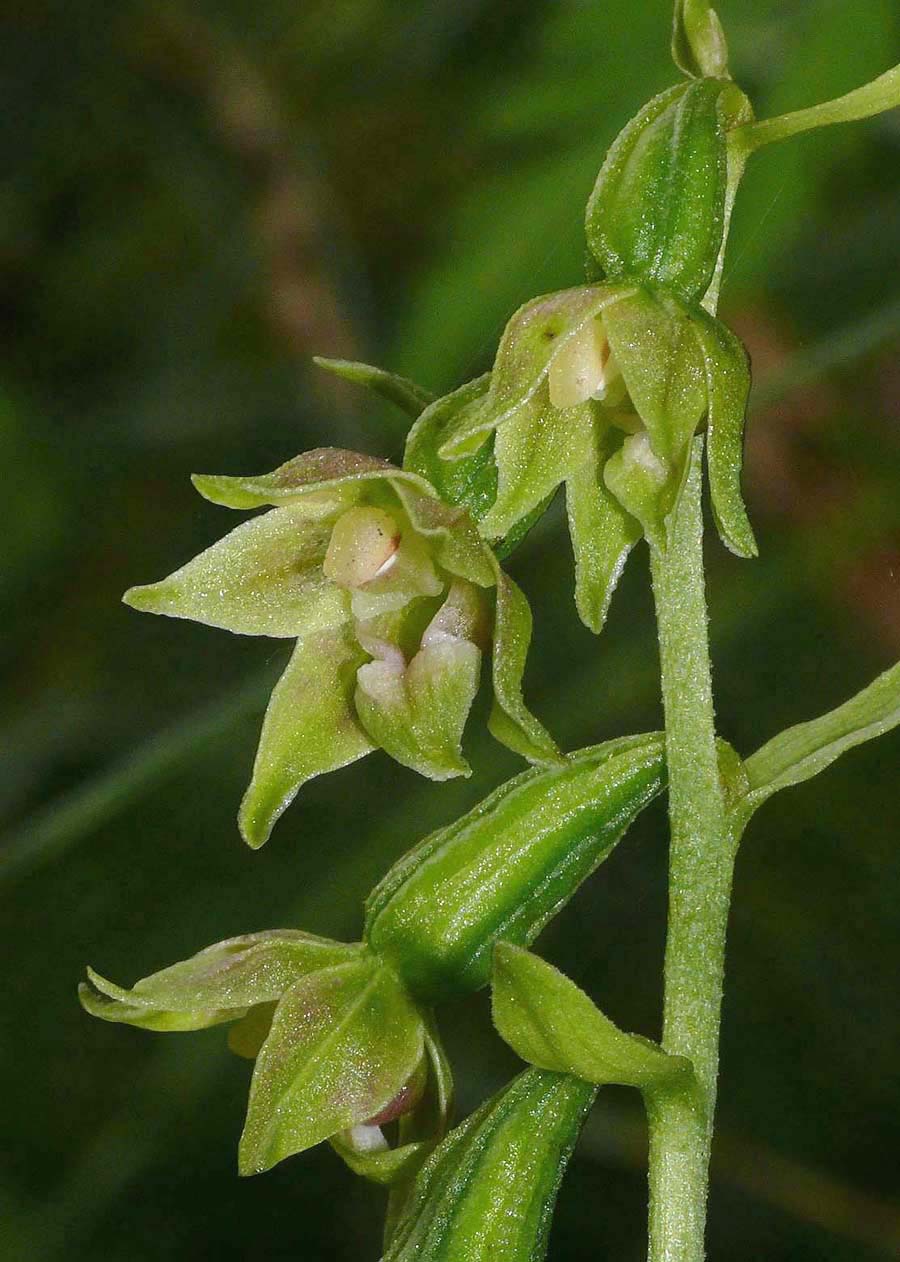
The region still includes relict pockets of limestone pavement and native woodland but intensive sheep farming has destroyed large tracts of previously natural habitat. Orchid species to be found in the nature reserves and surviving countryside include Epipactis atrorubens, Psuedorchis albida, Gymnadenia conopsea, Gymnadenia borealis, Gymnadenia densiflora, Dactylorhiza viridis (including variety longibracteatum) and Dactylorhiza purpurella. The star of the show however is Cyprepedium calceolus which having successfully been reintroduced, still struggles to maintain its foothold in Great Britain due to the activities of loathsome plant collectors. Good examples of limestone pavement can be found at Hutton Roof Crags near Kirkby Lonsdale, Warton Crags near Carnforth, Whitbarrow Scar near Kendal and Great Asby Scar near Tebay.
Of particular note is the National Nature Reserve at Gait barrows which has achieved much attention due to the reintroduction of Cyprepedium calceolus as mentioned above. It is however a reserve that protects orchid species other than Ladies Slipper and these include E. atrorubens, E. phyllanthes, E. helleborine, N. ovata and O. insectifera. The landscape of the Lake District is well known for its scenic beauty, though
The Yorkshire Dales and Forest of Bowland offer some orchid interest, notably at Leyburn Old Glebe near Ripon, a small meadow that survives amongst a sea of "improved" grassland and boasts Neotinea ustulata as one of its star residents. Also to be found at this site are Anacamptis morio, Ophrys apifera and Orchis mascula. As one travels further south, the region takes on a far more industrial complexion and natural countryside becomes scarcer, though even here pockets of orchid interest still exist, Healey Dell near Rochdale being an example.
Across the region to the east are the flat landscapes of Lincolnshire which in many areas have been sadly transformed into vast acreages of sterile arable farmland. Nonetheless orchids persist in scattered areas of natural habitat and not least along the coast near Mablethorpe where a good sized sand dune system called Saltfleetby Dunes offers a home to several species including Ophrys apifera, Dactylorhiza incarnata and Dactylorhiza praetermissa. Other sites of orchid interest can be found in the undulating Lincolnshire Wolds and amongst these is Red Hill, near Asterby which features a significant area of neutral grassland supporting both Ophrys apifera and Anacamptis morio.

vv